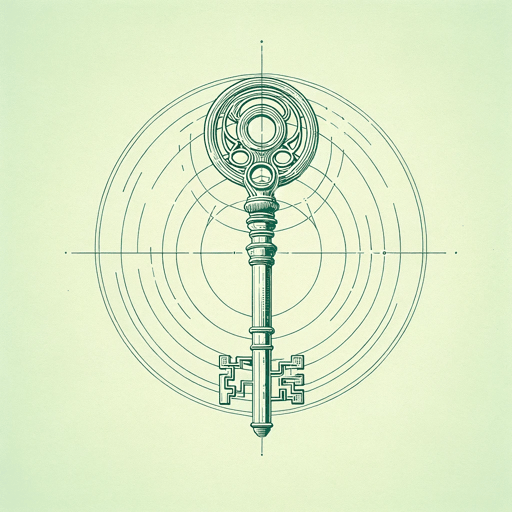55 pages • 1 hour read
Tamsyn MuirGideon the Ninth
Fiction | Novel | Adult | Published in 2019A modern alternative to SparkNotes and CliffsNotes, SuperSummary offers high-quality Study Guides with detailed chapter summaries and analysis of major themes, characters, and more.
Symbols & Motifs
Catholic Aesthetics
Gideon the Ninth relies heavily on Christian theology and biblical allusions. These are symbolized through the Catholic aesthetic that suffuses the Houses. The Ninth House is full of nuns and priests who pray with rosaries made of human bone. The Ninth House guards the Locked Tomb, which features a dead individual who may rise from the grave and a rock rolled in front of its entrance. These are traits borrowed directly from Jesus’s tomb as it is described in the Gospel of Luke.
The Catholic aesthetics within Gideon work as symbols that strengthen its themes of original sin, redemption, and guilt, and they further complicate Muir’s themes of LGBTQ+ love and allegories of LGBTQ+ struggle. LGBTQ+ people who grow up in Christian communities often experience a conflict between their conservative, heteronormative religious traditions and their identities. Catholicism generally does not approve of relationships between members of the same sex, and Muir’s use of Catholic aesthetics in a dark story about LGBTQ+ characters with traumatic backgrounds suggests a complex relationship with the religion and its symbols.
The Gothic
The Gothic exists in Gideon the Ninth in both genre tropes and motifs. The Gothic as a motif lets Muir play with grimdark conventions through the lens of Catholic aesthetics and theology, as well as through tropes borrowed from Victorian Gothic horror, such as haunted castles, family secrets, and lurking monsters.


